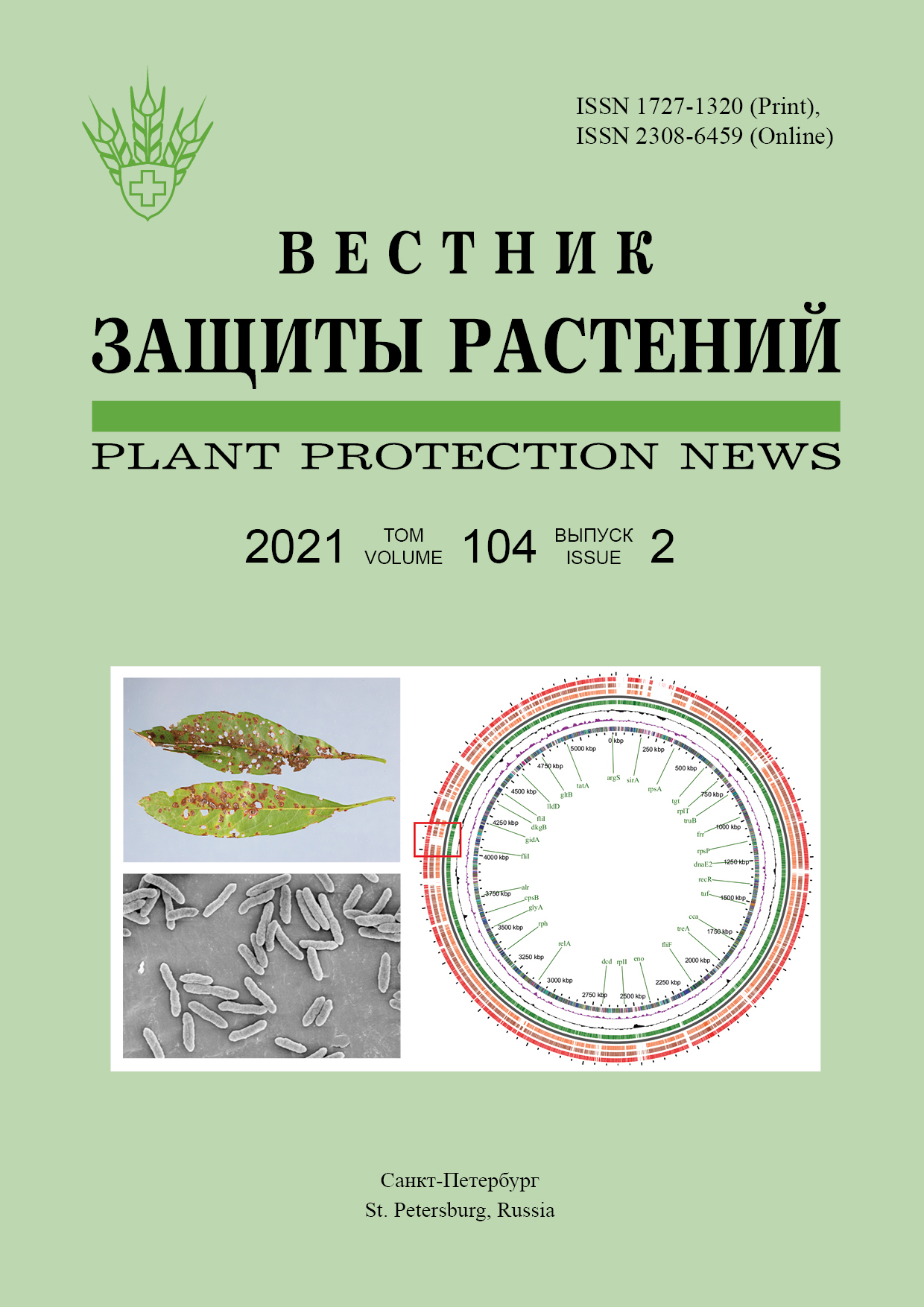Biological activity of sod-podzolic sand soil amended by hydrogels
Keywords:
biological activity, basal respiration, microbial respiration, microbial biomass, hydrogelAbstract
Biological activity of the soil is an indicator characterizing the number of organisms living in the soil, and quantitatively evaluating the results of their vital activity. High biological activity is a factor in increasing soil fertility and its phytosanitary state, achieved by creating optimal living conditions for soil microorganisms: providing nutrients, especially organic matter, moisture, heat and soil aeration. In this paper, we assess the effect of hydrogels of different chemical bases on the microbiological activity of sod-podzolic sandy loam soil. The effect of hydrogels on the microbiological activity of sod-podzolic soil was studied in a microfield experiment in a special installation (“dry place”) under conditions of soil drought and field conditions (Menkovsky branch of the FSBIU API, Gatchinsky district, Leningrad region). The experience was laid with two types of hydrogels (potassium and sodium base) with a single dose (40 g/m2). In the experiment, the indicators of soil biological activity were compared in the following variants: soil - control with the addition of 90 kg ha-1 NPK in the form of an azofoska, hydrogel introduced to a depth of 10–12 cm + N90 P90 K90, hydrogel introduced to a depth of 20–22 cm + N90P90K90. Samples of sod-podzolic sandy loam soil were taken from depths (10–12 cm and 20–22 cm) at the beginning and at the end of the growing season. In the course of the studies, it was found that when the hydrogel is introduced, both in the upper root-inhabited soil layer and in the 20–22 cm layer, favorable conditions are created for the microbiological activity of sod-podzolic sandy loam soil. It has been established that the chemical basis of the hydrogel does not inhibit the activity of the microbial community.



